lifepo4 battery company
Title: The Rise of LiFePO4 Batteries: Revolutionizing Energy Storage Solutions
Introduction
In the ever-evolving landscape of energy storage, LiFePO4 batteries have emerged as a game-changer, particularly in the realms of renewable energy and home energy management. This article delves into the intricacies of LiFePO4 battery technology, exploring its advantages, its role in renewable energy storage, and the challenges it faces, particularly concerning supply chain issues.

The Advantages of LiFePO4 Batteries
LiFePO4 batteries, known for their long lifespan and thermal stability, are a favored choice for various applications. With a cycle life exceeding 20 years under optimal conditions, these batteries provide a reliable and durable solution. Their energy density, though not the highest, offers a balance between safety and performance. Recent advancements have enhanced their energy density to around 150-160 Wh/kg, making them more efficient than ever. This technology’s lower cobalt content compared to traditional lithium-ion batteries also contributes to a more sustainable production process.
LiFePO4 in Renewable Energy Storage
The integration of LiFePO4 batteries into renewable energy systems, such as solar and wind power, is pivotal for addressing the intermittency of these sources. These batteries store excess energy generated during peak production times, releasing it when production is low. This capability is crucial for stabilizing power grids and ensuring a consistent energy supply. As the demand for green energy grows, so does the need for efficient storage solutions, solidifying LiFePO4’s role in this sector.
The Supply Chain Challenge: Navigating Raw Material Constraints
Despite their advantages, LiFePO4 batteries face challenges from a strained supply chain. The global rush to produce electric vehicles and energy storage systems has led to increased competition for raw materials like lithium, iron, phosphate, and others. Geopolitical tensions further complicate the sourcing of these materials, creating supply chain bottlenecks. To mitigate these issues, manufacturers are investing in recycling technologies. Recycling not only alleviates raw material shortages but also reduces environmental impact, helping to sustain LiFePO4 battery production.
The Future of LiFePO4 and the Energy Storage Industry
Looking ahead, LiFePO4 batteries are poised to play a significant role in the energy transition. As governments and industries commit to reducing carbon emissions, the demand for efficient and reliable storage solutions will surge. Technological advancements will likely focus on improving energy density and reducing production costs, making LiFePO4 even more competitive in the market.
LiFePO4 and Home Energy Hub Integration
For residential use, LiFePO4 batteries are ideal for Home Energy Hub systems, allowing homeowners to store solar energy and manage energy consumption efficiently. These systems enhance energy independence and reduce reliance on the grid, offering both environmental benefits and financial savings. As awareness grows, LiFePO4 batteries are becoming a preferred choice for those seeking a sustainable energy solution.
LiFePO4 battery technology is at the forefront of energy storage innovation, offering a safe, efficient, and sustainable alternative. While challenges like supply chain constraints persist, advancements in recycling and production techniques promise to address these issues. As the world moves towards a greener future, LiFePO4 batteries are set to play a central role in shaping the energy landscape.
This article provides an in-depth look at LiFePO4 batteries, their benefits, applications, and challenges, while adhering to professional standards and enhancing BasenPower.com’s authority in the energy storage sector.

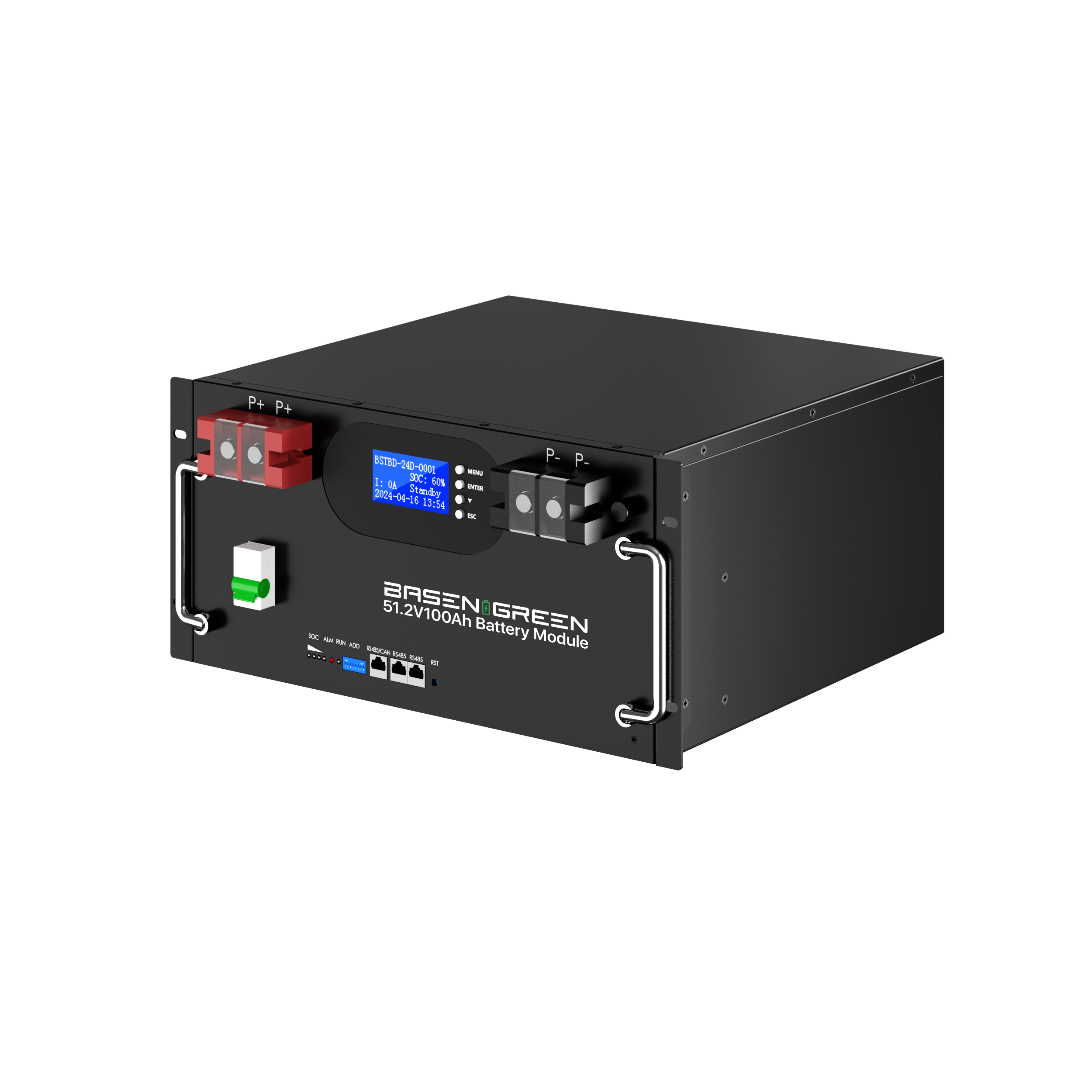


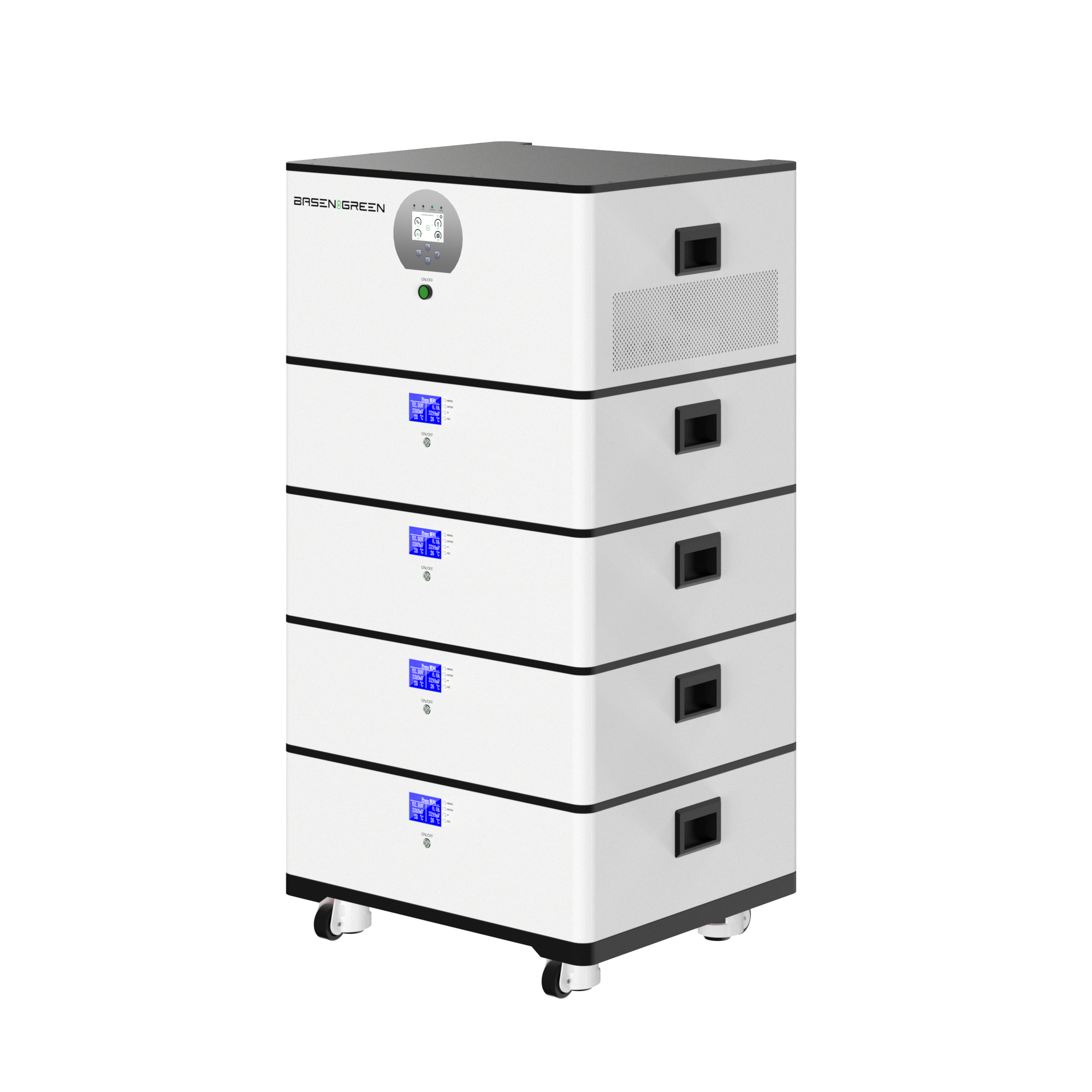



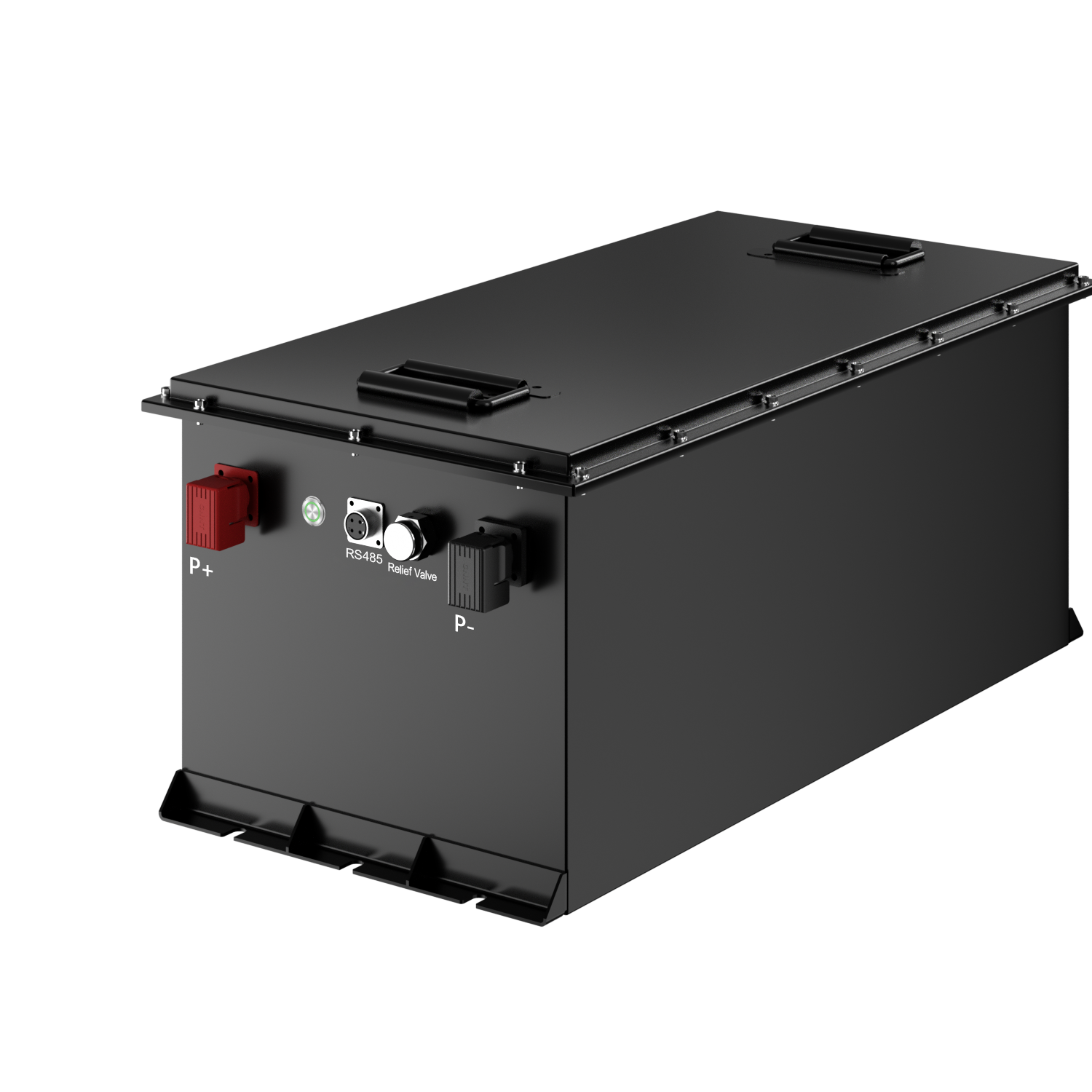
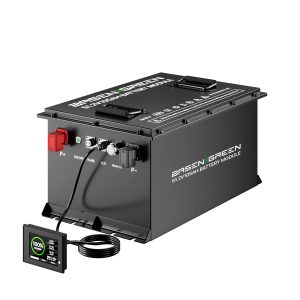
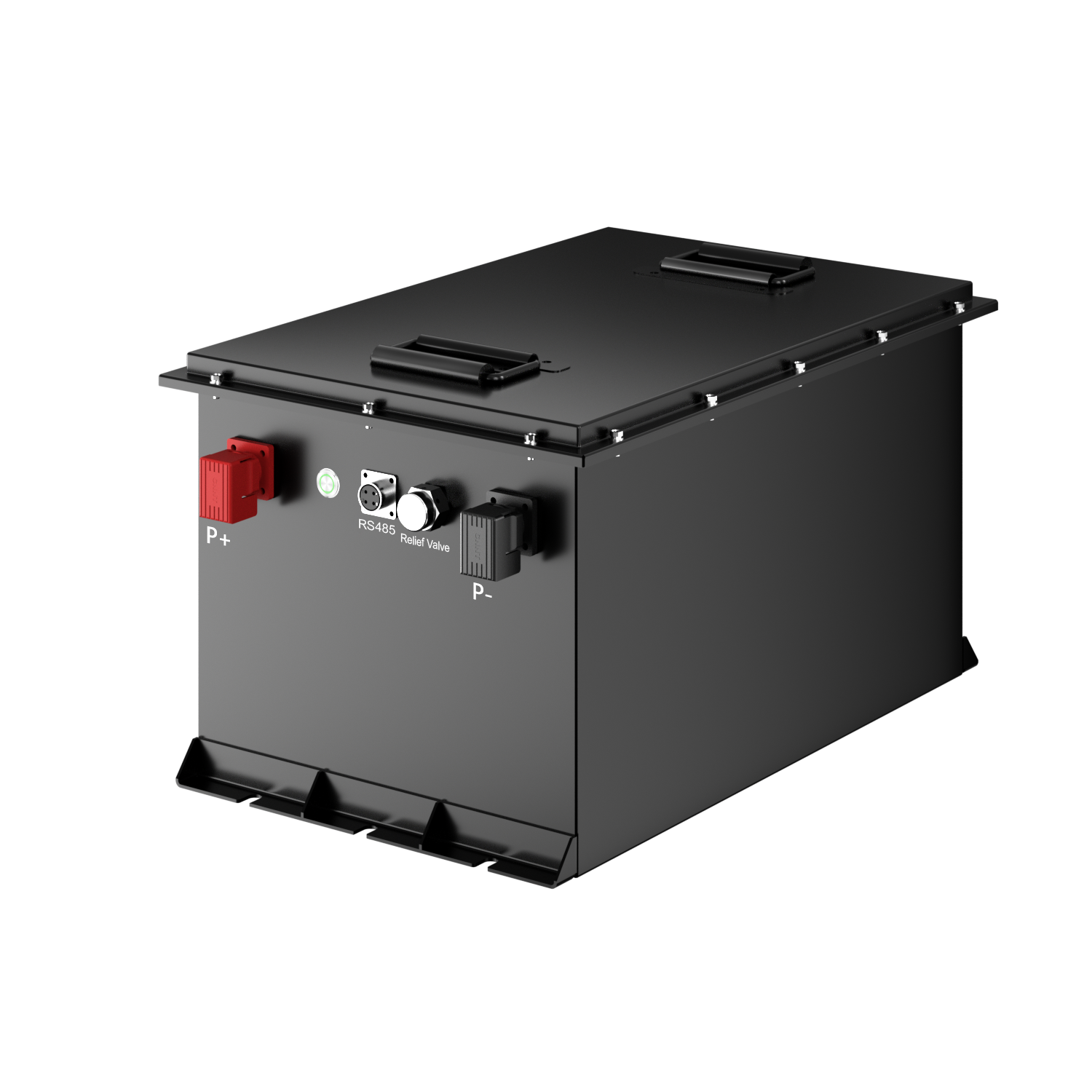


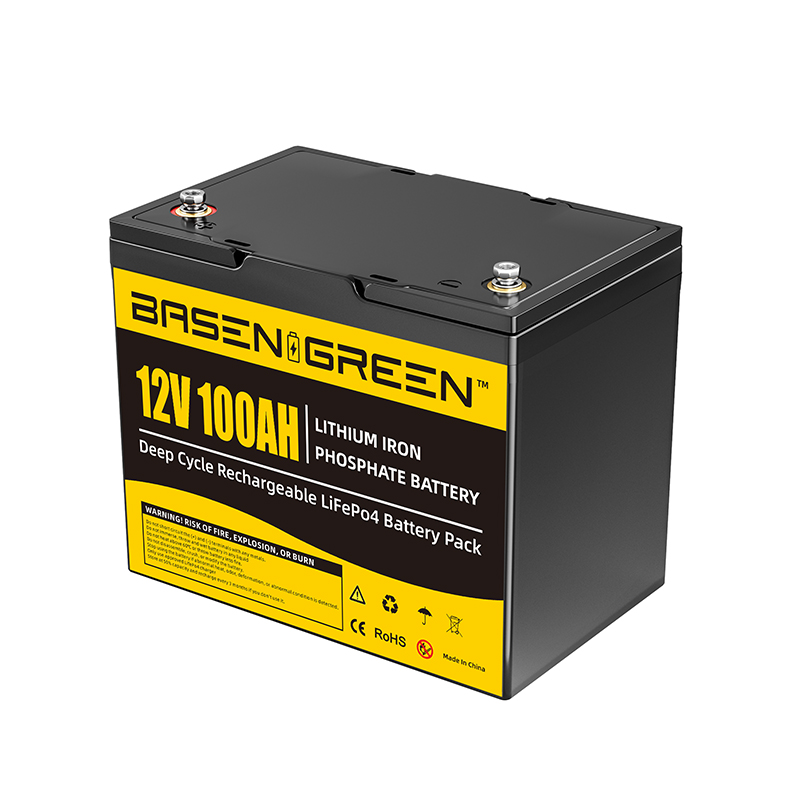

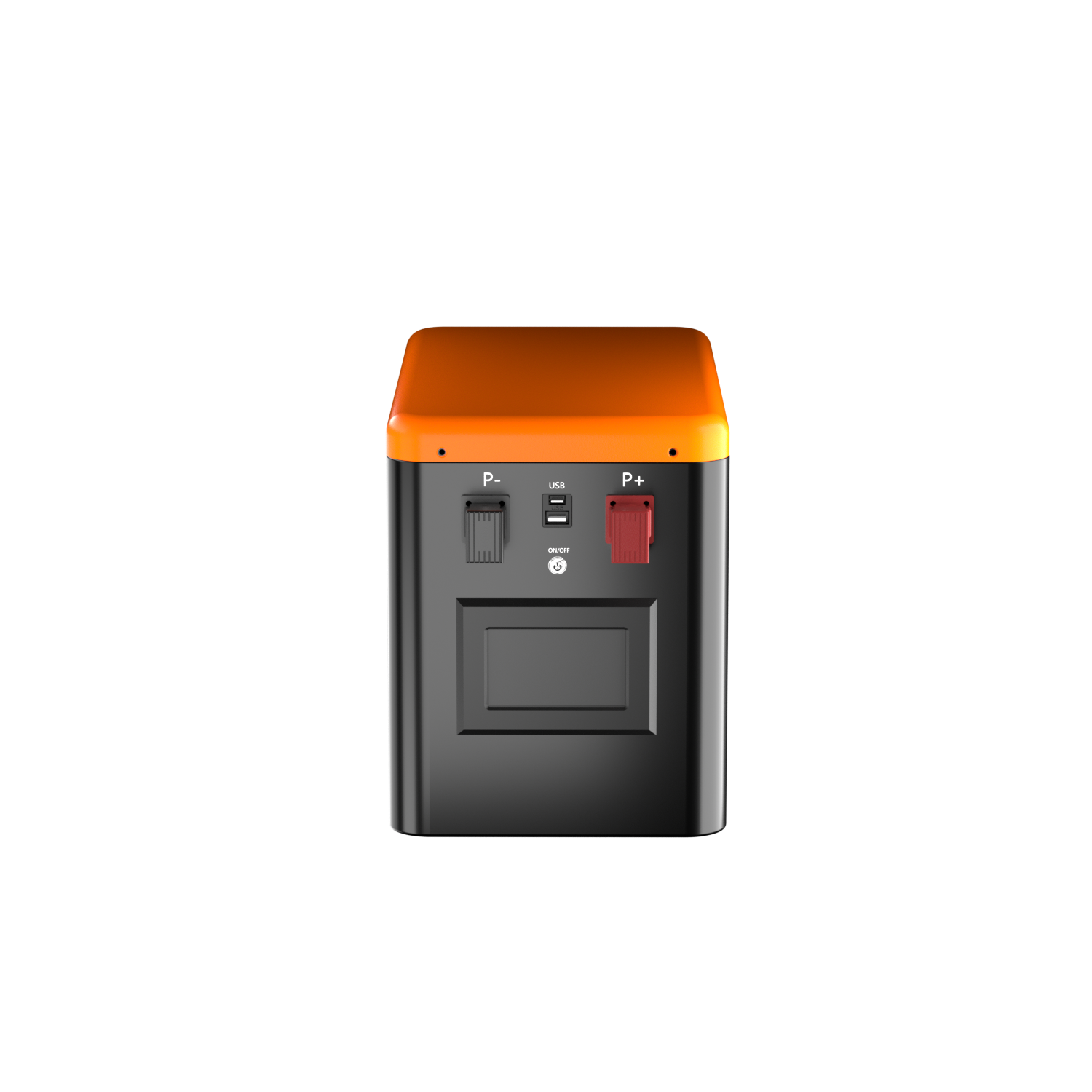
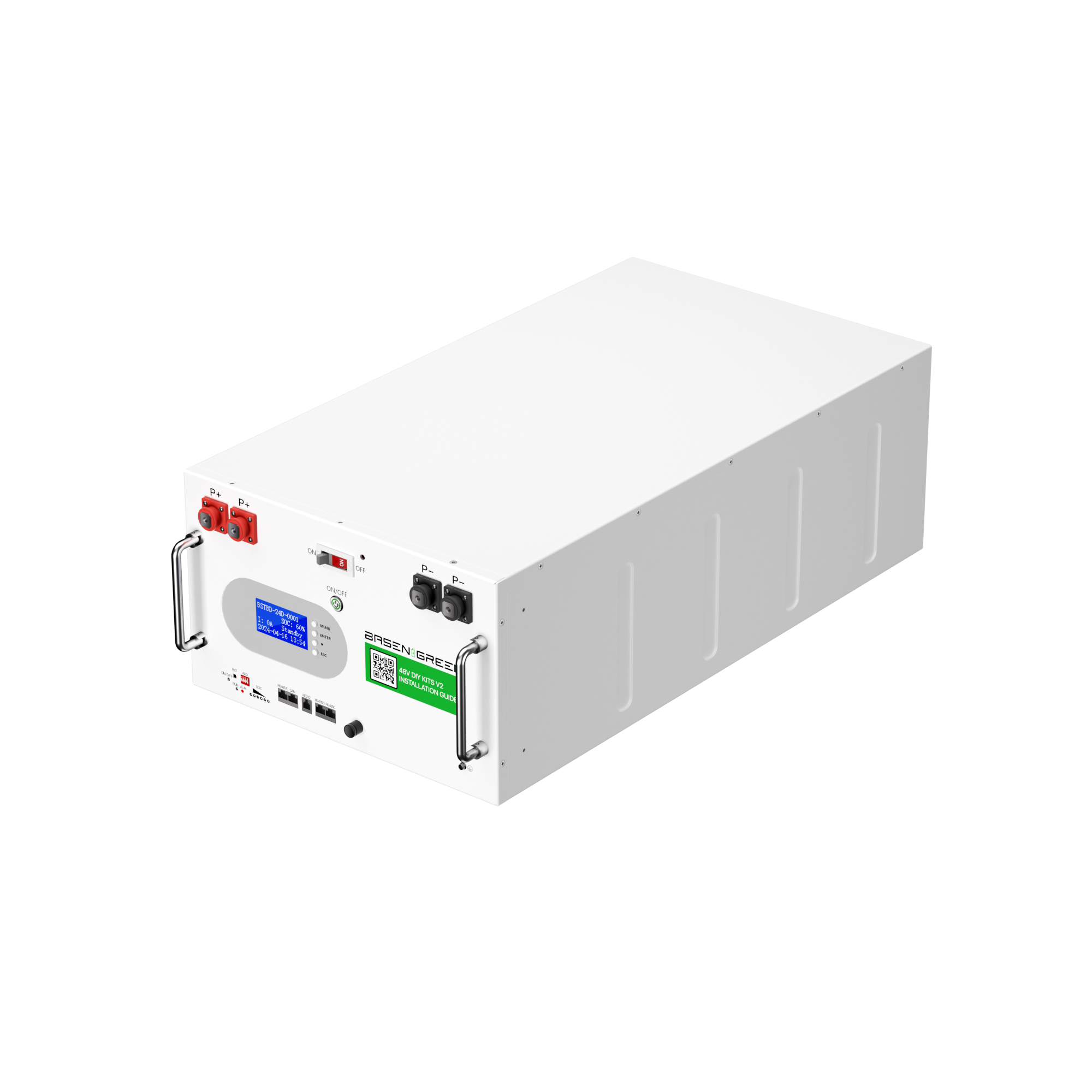
.png)